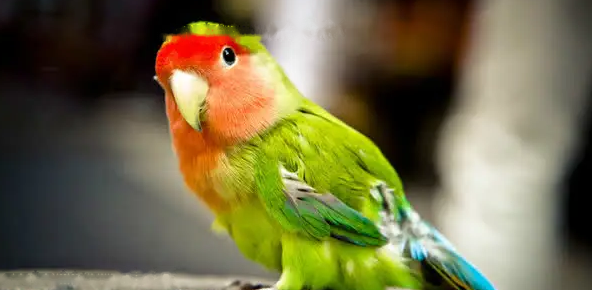On April 1, there was news about the progress of new coronavirus research, which made people a little worried: a new study proved that the new coronavirus can infect cats and can be transmitted from cat to cat. Some cat owners or cat lovers even wish it was an April Fool's message.
In the epidemic news around the world, we can currently see examples of pets being infected, including: a cat in Belgium and two dogs in Hong Kong. , was tested positive for the new coronavirus. Therefore, knowing whether cats and dogs in close contact with humans are susceptible to the new coronavirus is important for epidemic control, the paper pointed out.
The article is published on bioRxiv, a preprint platform for biological papers, and has not yet been peer-reviewed. However, Nature magazine interviewed experts including well-known virologist Professor Linda Saif on this interesting issue. Professor Saif works at The Ohio State University and is also the head of the World Health Organization's Animal Coronavirus Reference Laboratory. Let's see what the experts have to say.
First of all, this study is not a direct test of people's domestic cats, but a small-scale scientific test conducted by researchers in the laboratory to confirm whether the new coronavirus may infect cats. Importantly, in the experiment, scientists injected high concentrations of the new coronavirus into the noses of domestic cats. Professor Saif explained that this is not the case with real interactions between people and pets in real life.
In the experiment, five cats were directly injected with the virus, and none of them showed symptoms of disease. After 6 days, the researchers tested the upper respiratory tract of 2 cats and found viral nucleic acid and infectious virus particles. Three more were kept in adjacent cages with three other cats that had not received the virus injection. In one of the close-knit cats, viral RNA was later detected in the body.
On the one hand, this result shows that the new coronavirus can be transmitted from cat to cat through respiratory droplets; on the other hand, Professor Saif believes that the proportion of contact infection is 1/3, indicating that the new coronavirus is in Transmission rates may not be high in cats.
![src=/static/img/18584/18584_1.jpg]()
In addition, the same experiment was carried out on 5 puppies. Among them, viral nucleic acid was detected in the feces of 2 dogs, but no infectious virus particles were found.
Of course, many people are more concerned, will cats infected with the new coronavirus transmit the virus to humans? Including this study, there is currently no evidence that cats can transmit the virus to humans, so pets The owner does not need to panic first, there is no reason to discard or cull the cat.
The US CDC advises pet owners that if they are infected with the new coronavirus or quarantine at home, it is best to limit contact with pets, avoid direct petting, hugging pets, avoid kissing pets, and avoid sharing food and beds with pets .
Professor Dirk Pfeiffer, an epidemiologist at the City University of Hong Kong, believes that the results of this study show that cats need to be taken into account in epidemic prevention and control, but they are not the main factor in the spread of the disease, Therefore, The focus of controlling COVID-19 is undoubtedly still to reduce the risk of human-to-human transmission.”
For each of us, the most important thing is to protect ourselves and avoid going to crowded places. For cat shoveling officers, also tell your cats not to go to places with many people and cats. In fact, the harm caused by domestic cats to wild animals outdoors cannot be ignored. Don't let the cats out at home. Now there is another important reason.
![[Dog Training 5] The training method of pet dog dining etiquette](/static/img/12192/12192_1.jpg)



